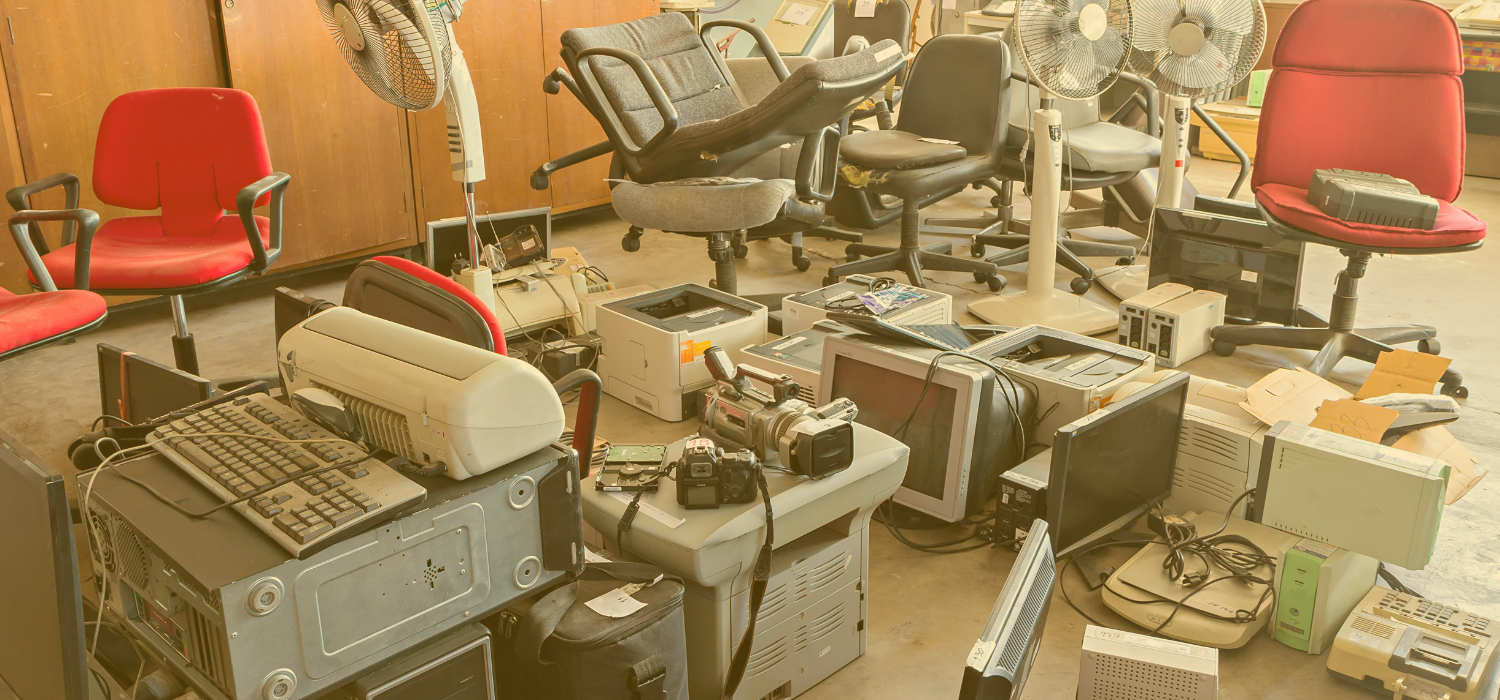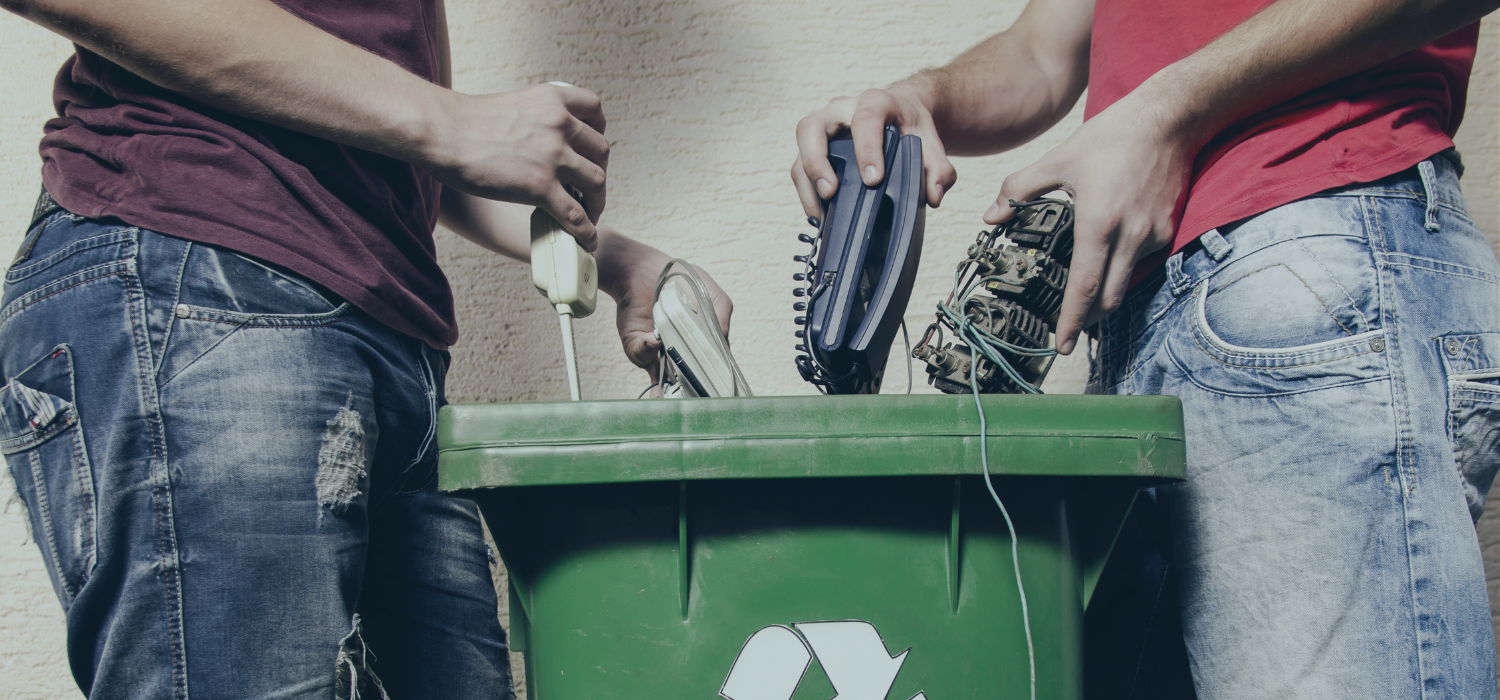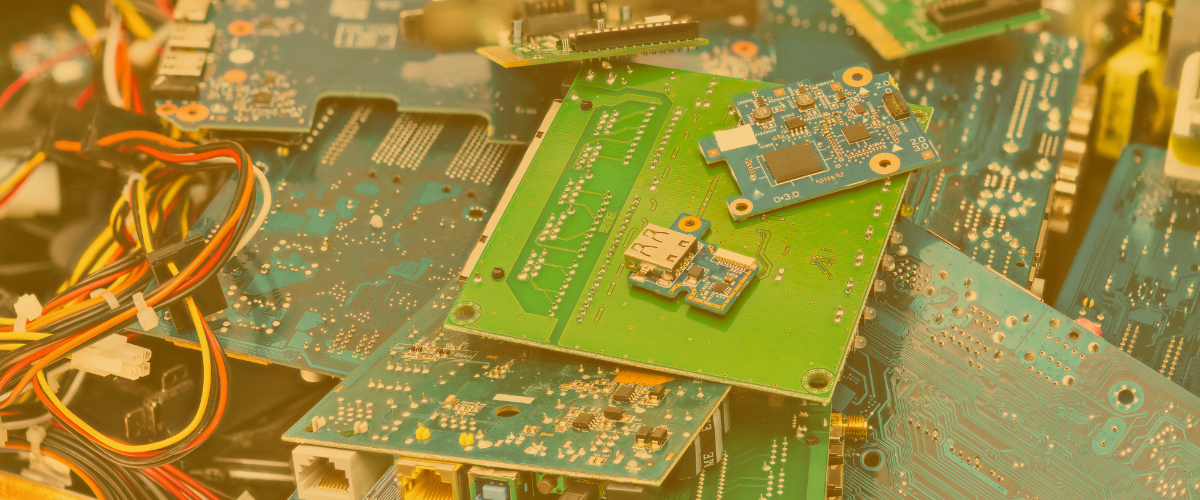Technology is great, right? Face scan to unlock our phones, faster computer processing, better display for our Netflix binges! These all sound fantastic. However, where do all the old and unwanted electronics go?
We always want the next-best thing, and tech companies oblige. Technology makes many things in our lives easier, but the speed at which our gadgets become obsolete is taking a toll on the planet.
Electronic waste is a growing issue. But there are ways you can help. Here’s what to know about e-waste and how you can make greener choices:
What is Electronic Waste (E-waste)

At BARC, we define it as anything with a plug, electrical cord, or battery that is chosen to be discarded. Common things that make up e-waste are smartphones, TV’s, monitors, and computers.
According to a 2019 report done by the World Economic Forum, approximately 50 tons of e-waste is produced annually and only 20% of this is formally recycled! At our rate of rapid consumption and population growth, it is believed this number could reach 120 million tons of e-waste each year by 2050.
So what’s the big deal? Certainly the large quantity of waste created and entering landfills is concerning, but the bigger issue is the toxic materials that electronics are made from.
The Problem of E-waste

Electronics contain many toxic materials. And If not properly disposed, toxins from e-waste will leak into the earth and be released into the air. Just some of these toxic materials include: mercury, lead, beryllium, brominated flame retardants, and cadmium. Electronic waste poses threats to the Earth and human health.
Currently, electronics are either reused, enter our landfills, exported to other countries e-waste scrap yards, incinerated, or recycled for raw materials. At some point electronics will reach the end of their life and we want you to be aware of how they can be properly disposed of.
How to Properly Dispose Of Electronics

You just got the latest smartphone yet still have your old one, now what? Perhaps the best options are to trade-in, sell, donate, or head straight to recycling. Here’s the scoop on your options:
Trade-In
Large corporations such as Best-Buy, Amazon, and Apple offer trade-in programs that allow you to receive some type of compensation for your old device. Reimbursement levels vary, but finding a trade-in program is a popular option to responsibly dispose of electronics.
Sell
If your old electronics still have plenty of life left in them, some people will find them valuable. Not everyone can afford to purchase a new device every year. Instead, they shop for used devices. Facebook Marketplace, Craigslist, and apps like Let-Go are great places to list your items for sale.
Donate
Don’t want to deal with finding a buyer or a trade-in program? Simply donate your old device to a non-profits or thrift store. Electronics like computers, tablets, phones, or even appliances can be highly valued by a local non-profit organizaiton. You can also post items for free using the apps mentioned above.
Recycle
The last and certainly not least option for disposing of electronic waste is recycling! Find an electronic recycling facility near you, and bring your unwanted electronics. The Consumer Technology Association offers a Greener Gadgets Search Tool to help you find a nearby recycler that accepts electronics. By choosing to recycle electronics, you play a crucial role in limiting the amount of electronics entering landfills.
